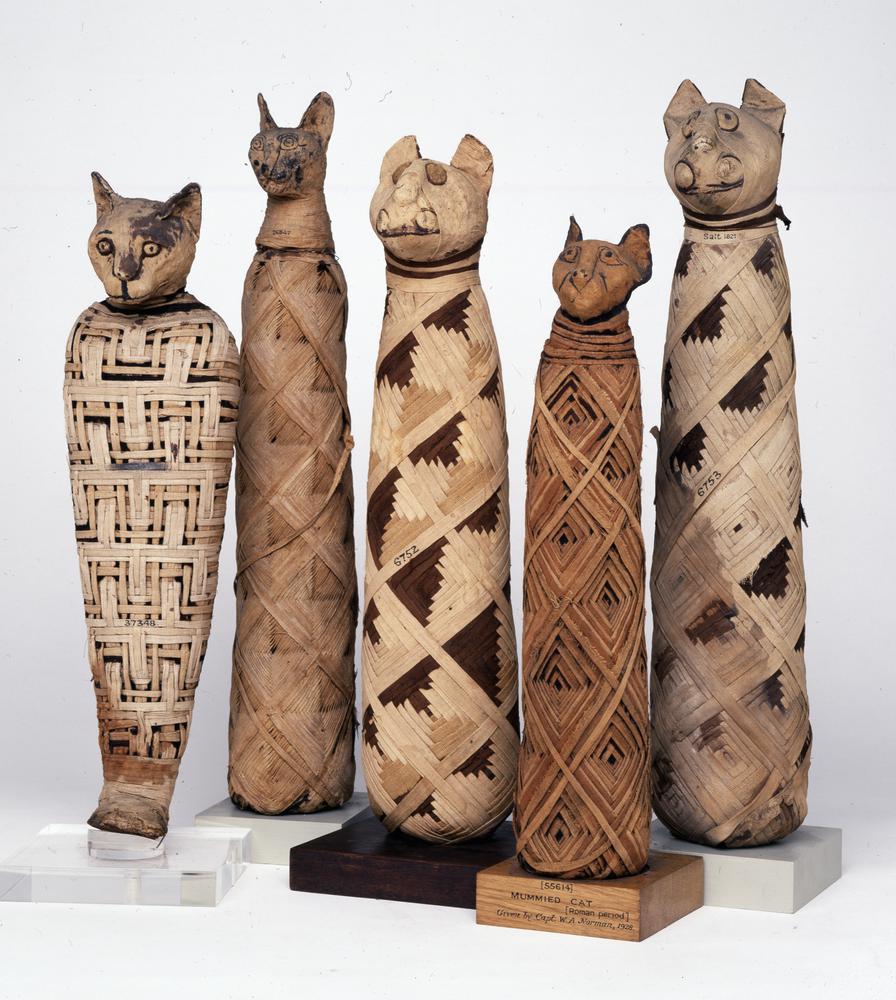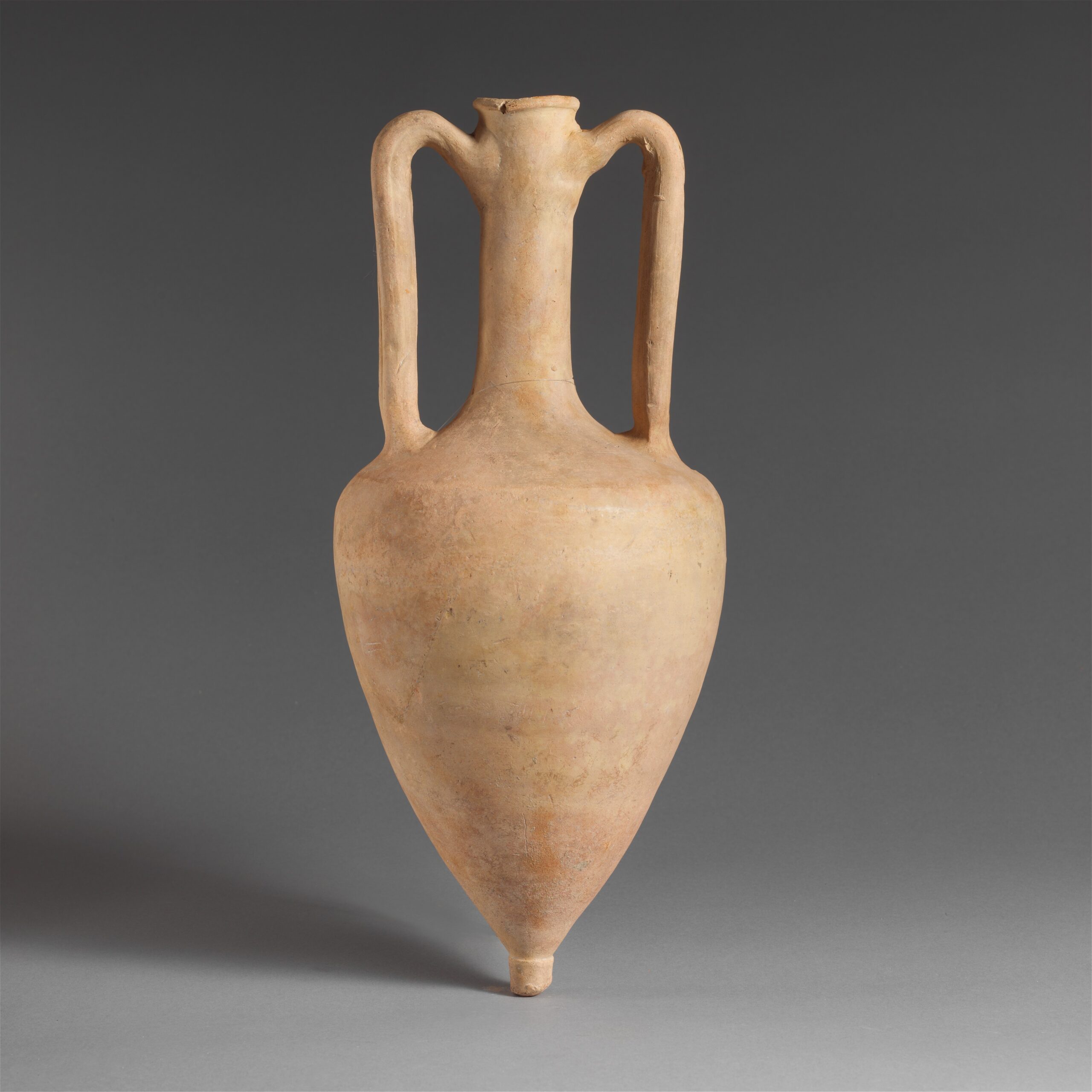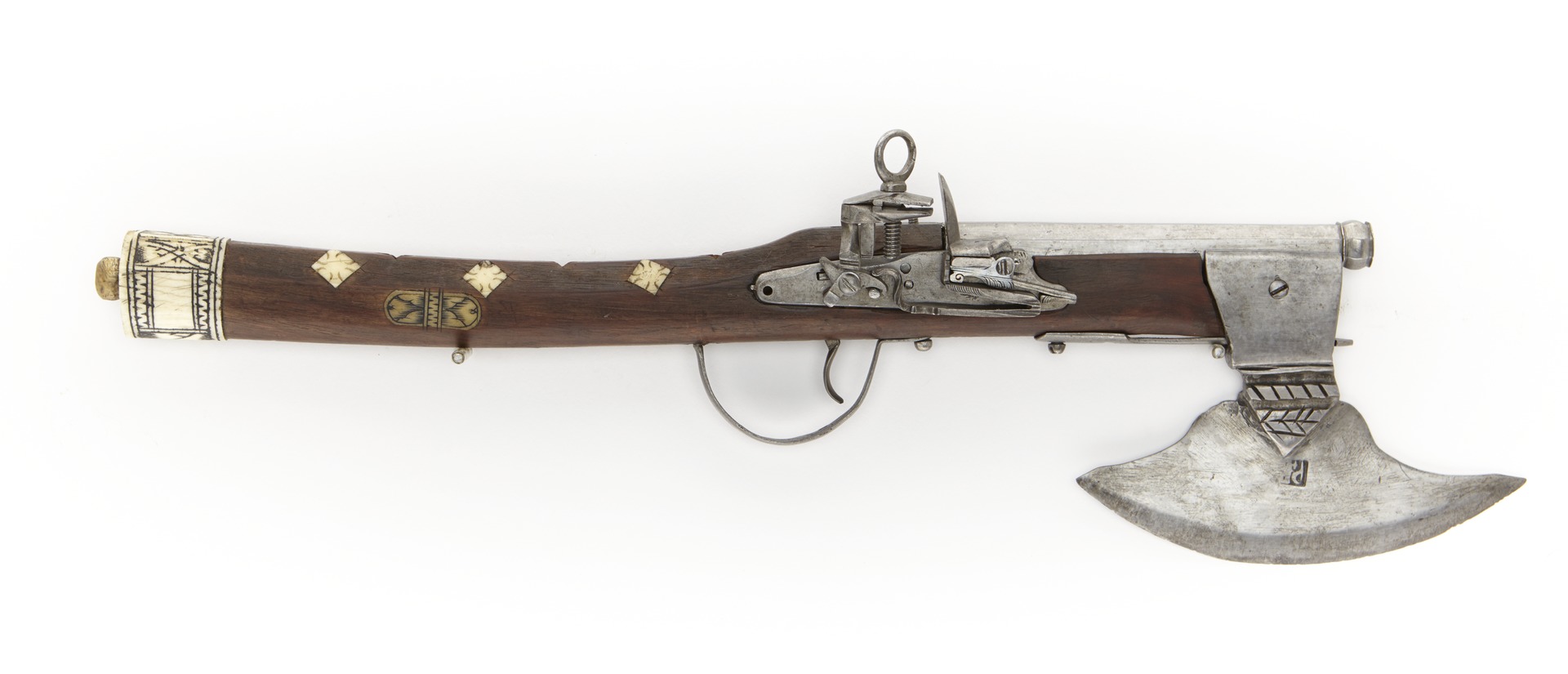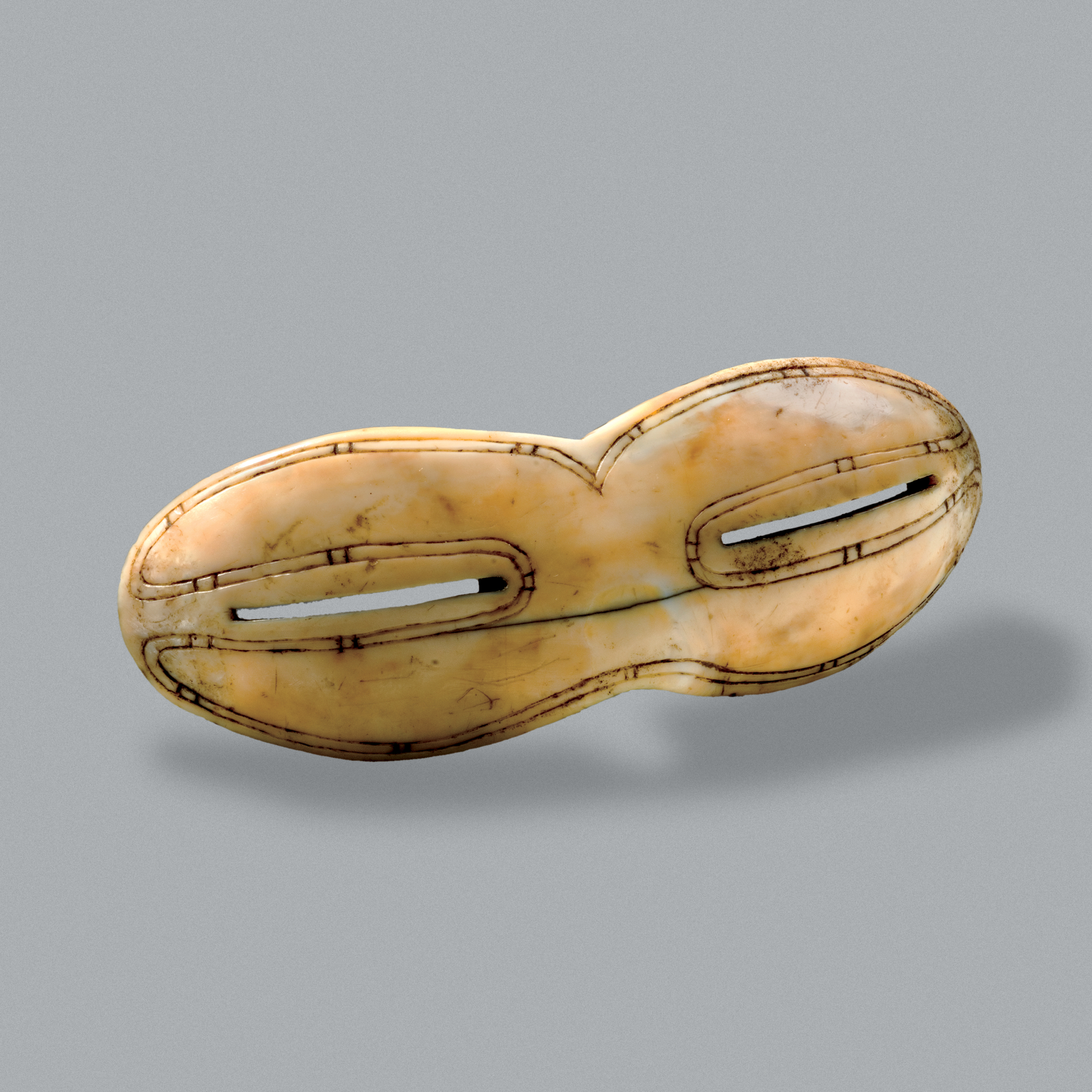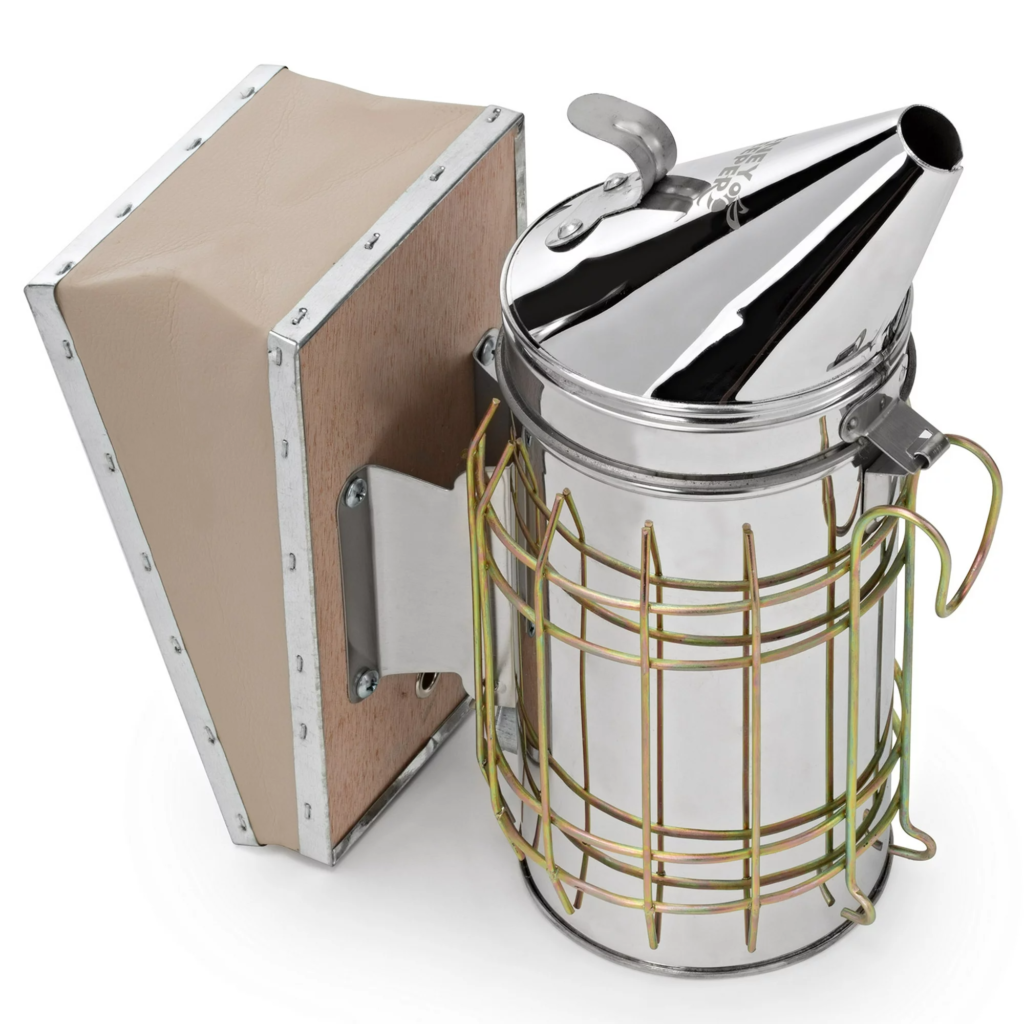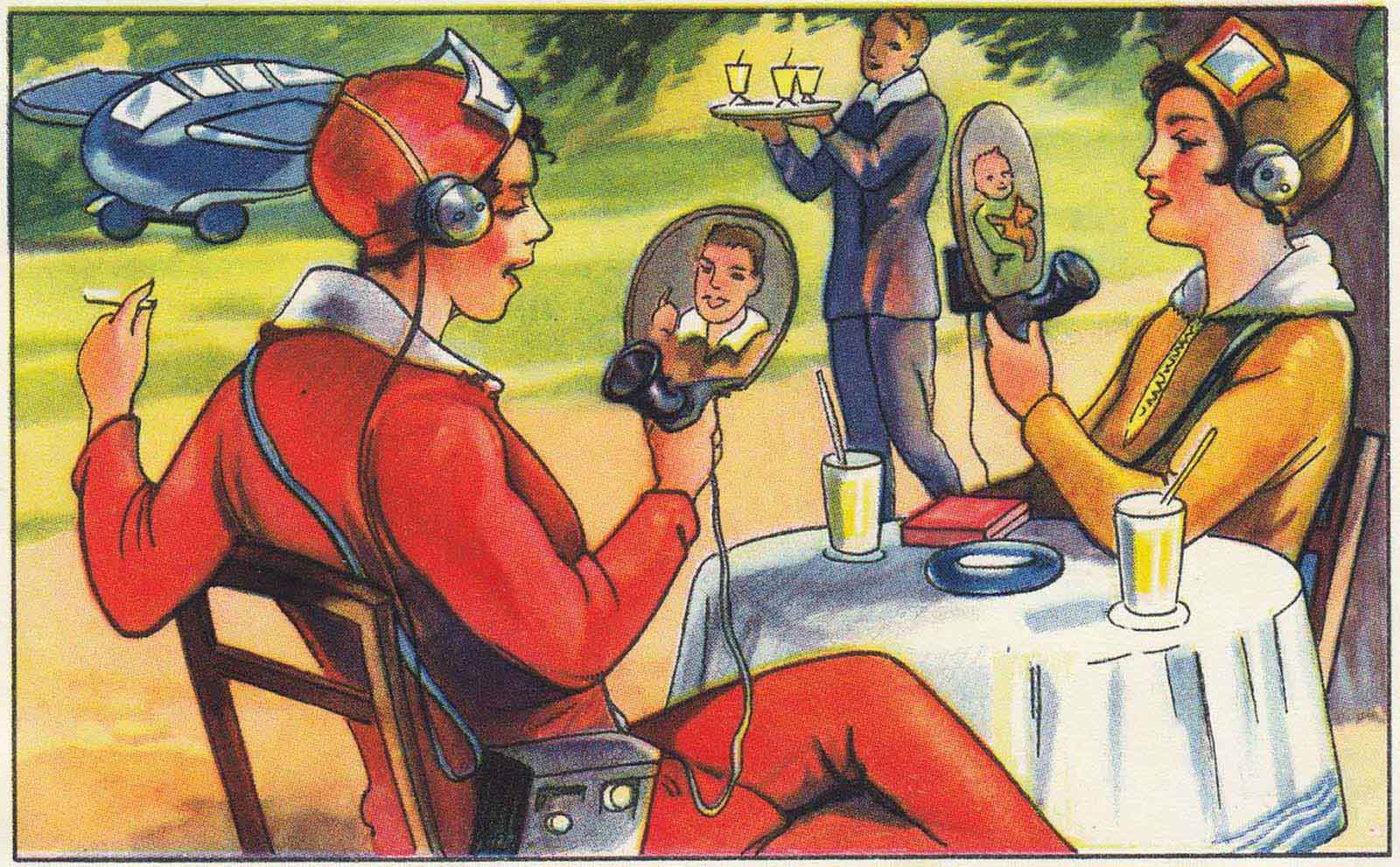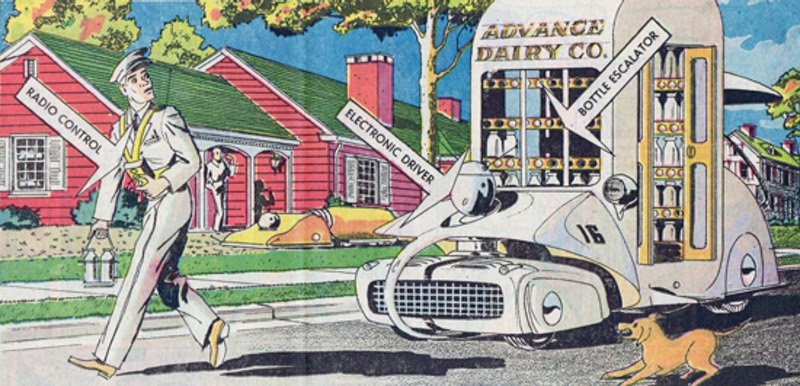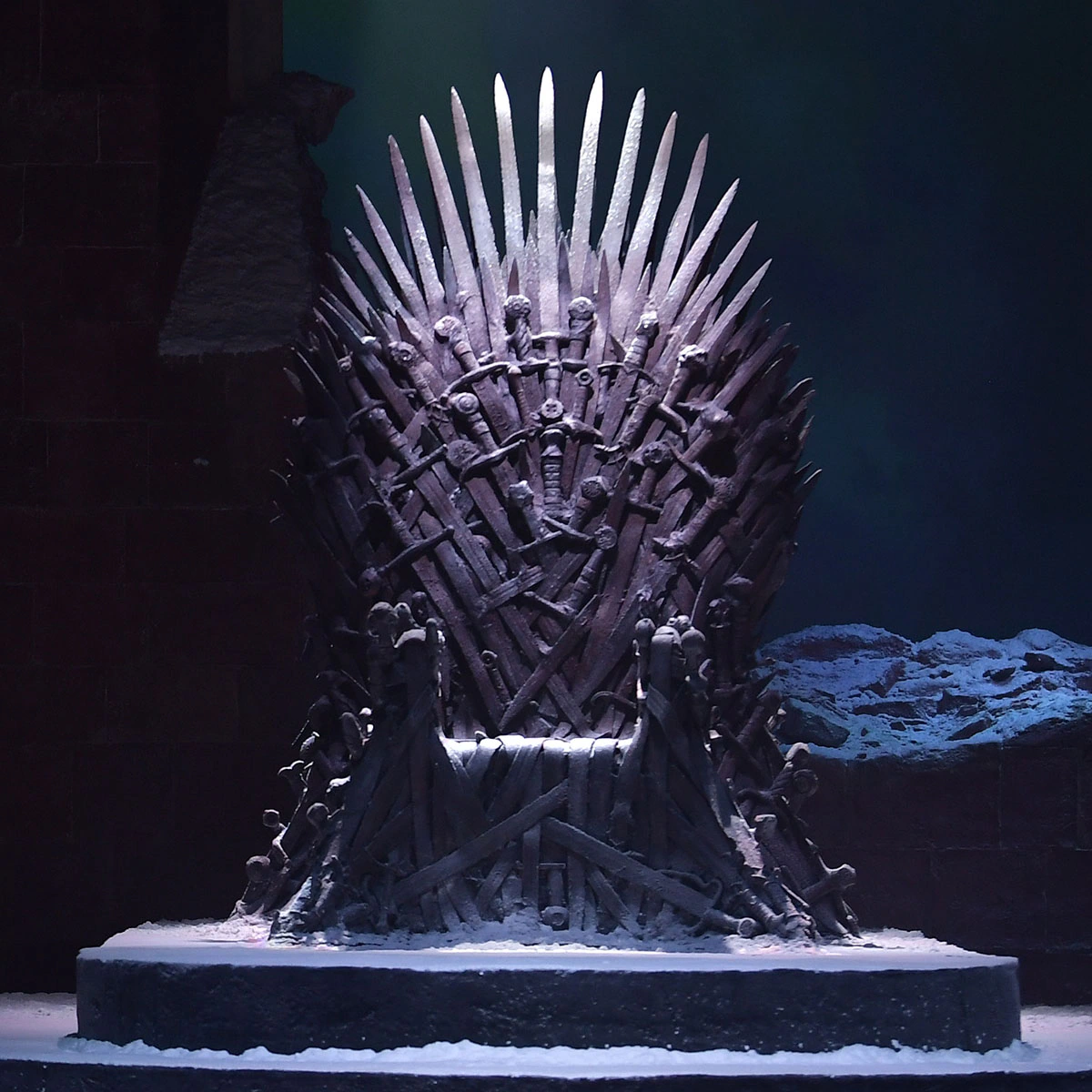Assignment: Model an archeological item from another planet, dimension, or alternate history or future.
Can you avoid sci-fi or fantasy cliches? Can you imagine a world around it? Does the object suggest its own use?
– Creatures and robots are not allowed
– Your goal is to make something meaningful but also visually interesting and original
– You can use any technique and tool you want
– The object has to be shown in engine, along with a description text, or contextual information and visuals. Imagine it in a museum.
– Creatures and robots are not allowed
The artifact can be mysterious to the viewer but it should make sense to you, be consistent with a world of your choosing, you should be able to explain every part of it. Avoid vagueness.
Technological Dream Series: No. 1, Robots by dunne & raby (2007)
Speculative design is the use of design tools to challenge preconceptions, raise questions, and provoke debate.
The related discipline of design fiction is more geared toward envisioning futures and discuss ethical implications of emerging technologies.
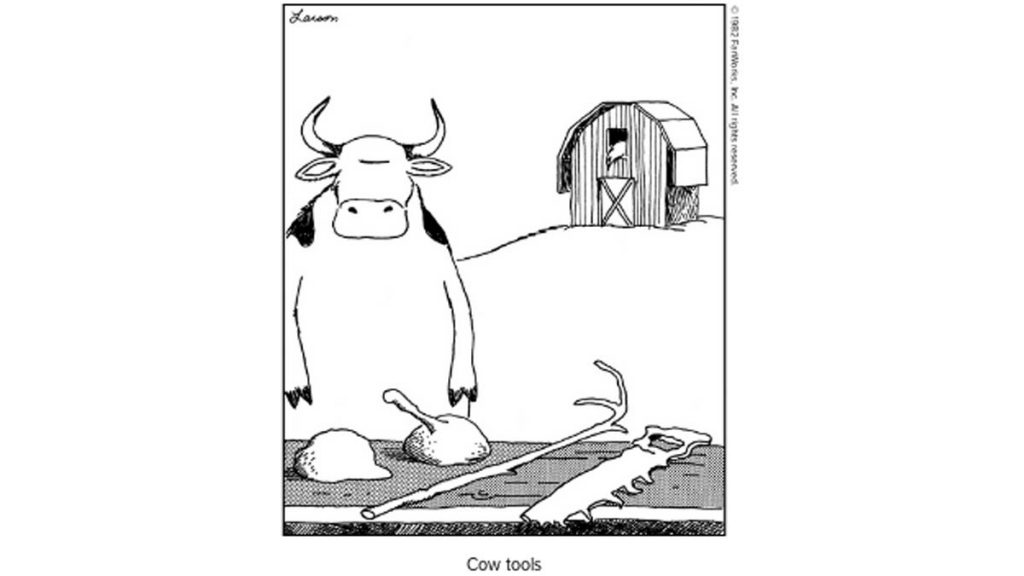
Let’s be a bit more rigorous: if cows had tools how would they actually look like? Why would they need tools? How anthropomorphic would they have to be?
Midjourney interpretation of “cow tools”
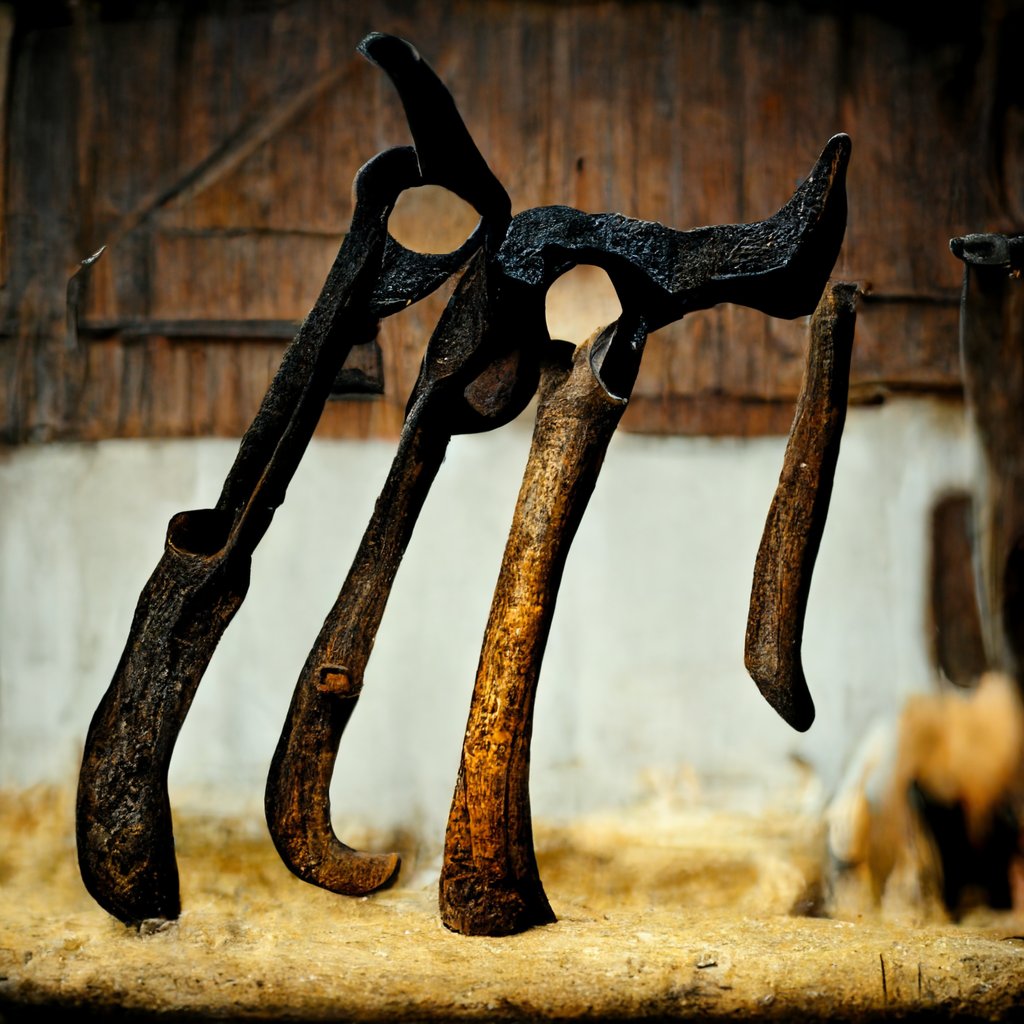
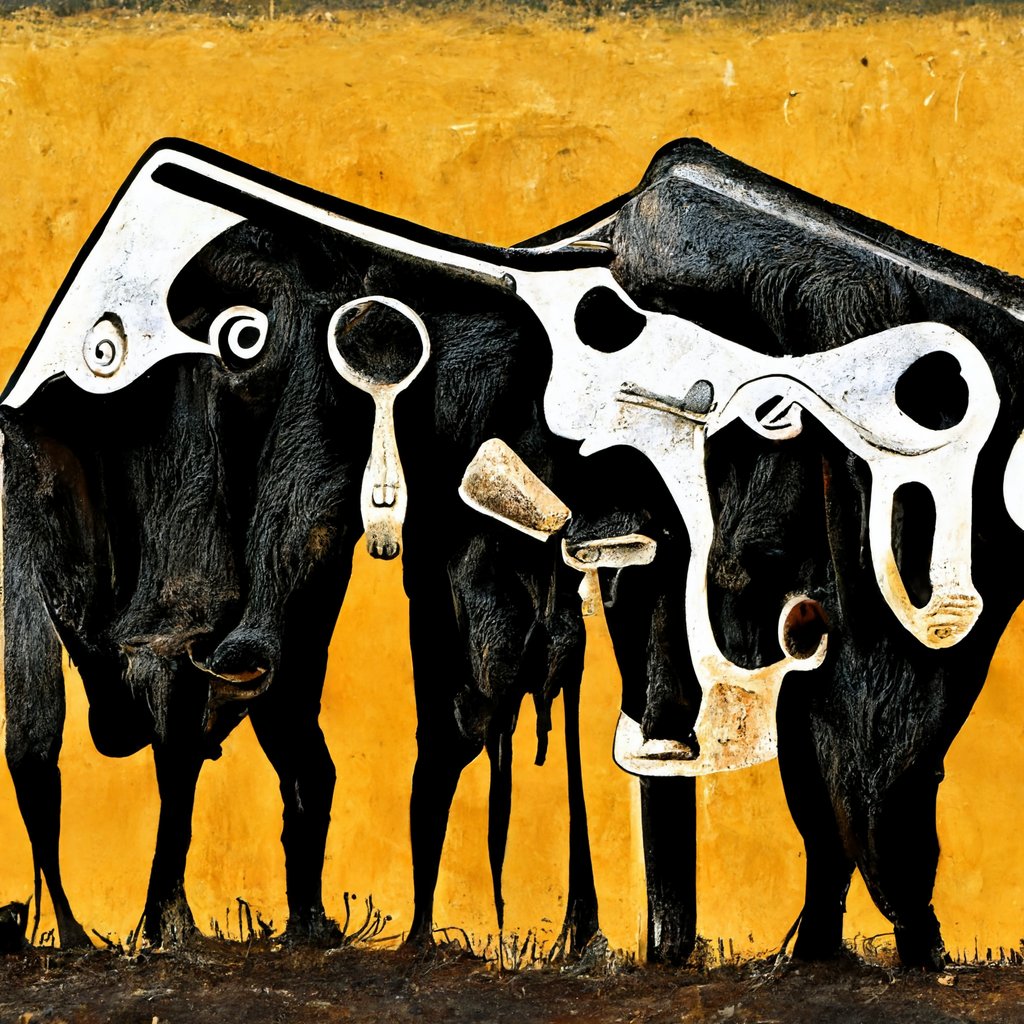
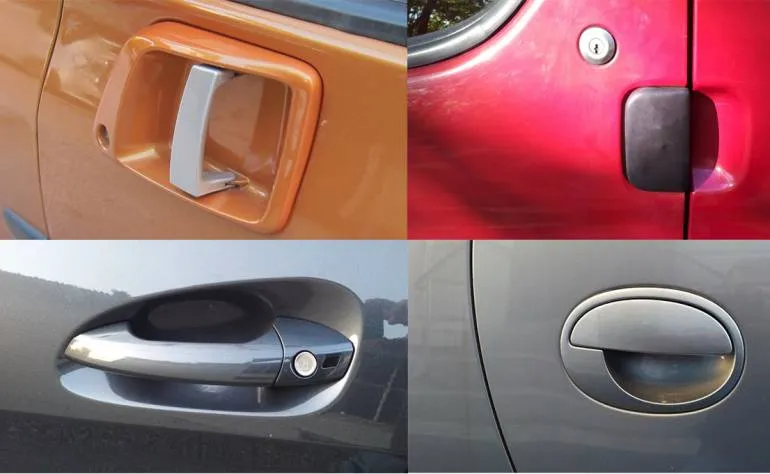
Affordance is a property or feature of an object which presents a prompt on what can be done with this object. In short, affordances are cues which give a hint how users may interact with something, no matter physical or digital.
Affordance are a relation between a designed object and a feature of the user:
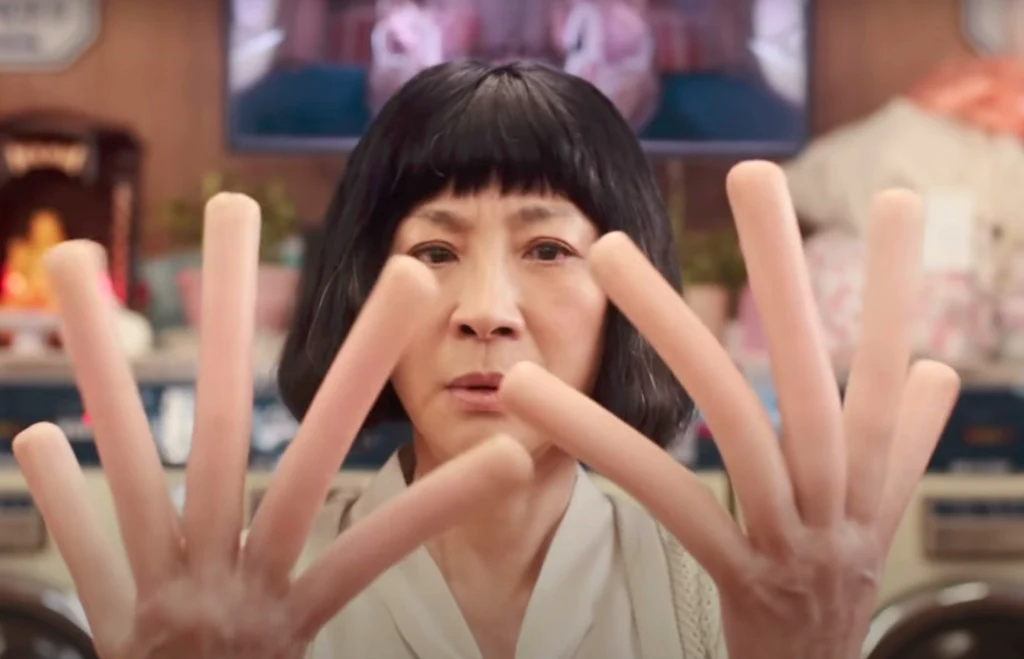
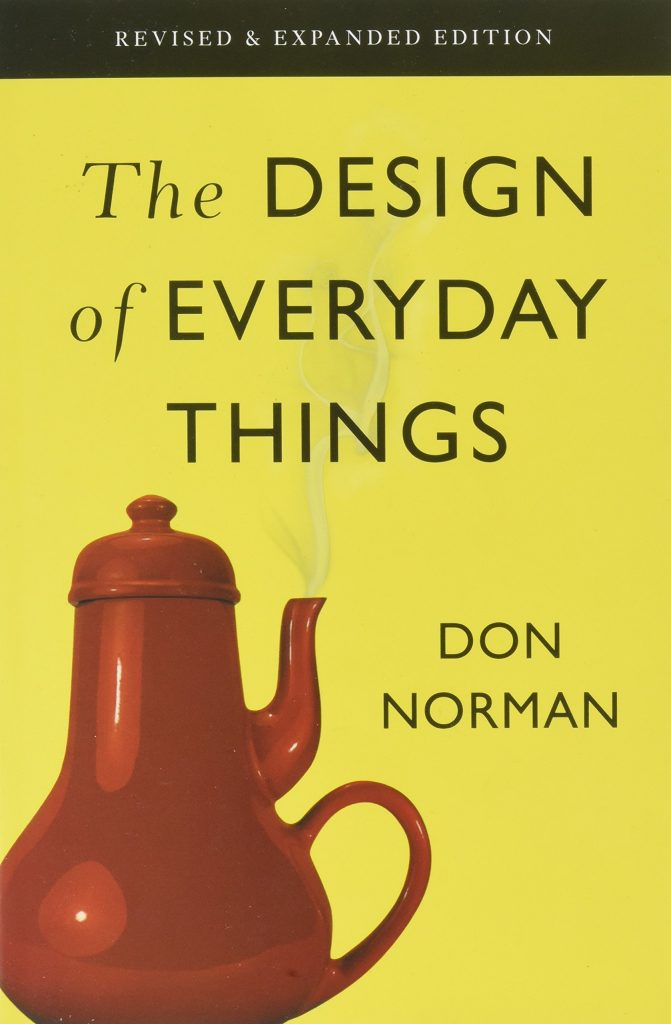 The concept of affordance in design was popularized by Donald Norman in 1988.
The concept of affordance in design was popularized by Donald Norman in 1988.
The cover features Jacques Carelman’s “Coffeepot for Masochists” (1969).
Audrey Renouf work for this assignment
Haley’s snake playground
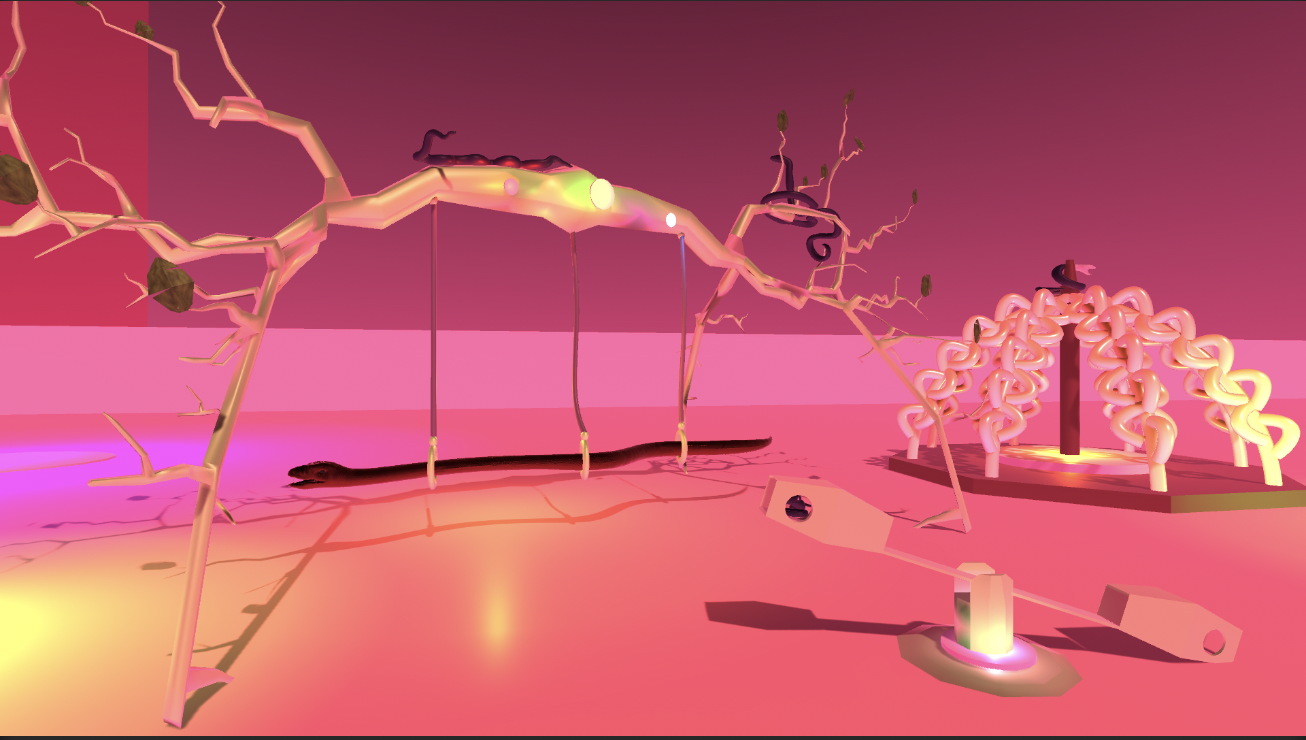
Fen’s shrimp exploration vehicle (counts as robot/creature, not valid this year)
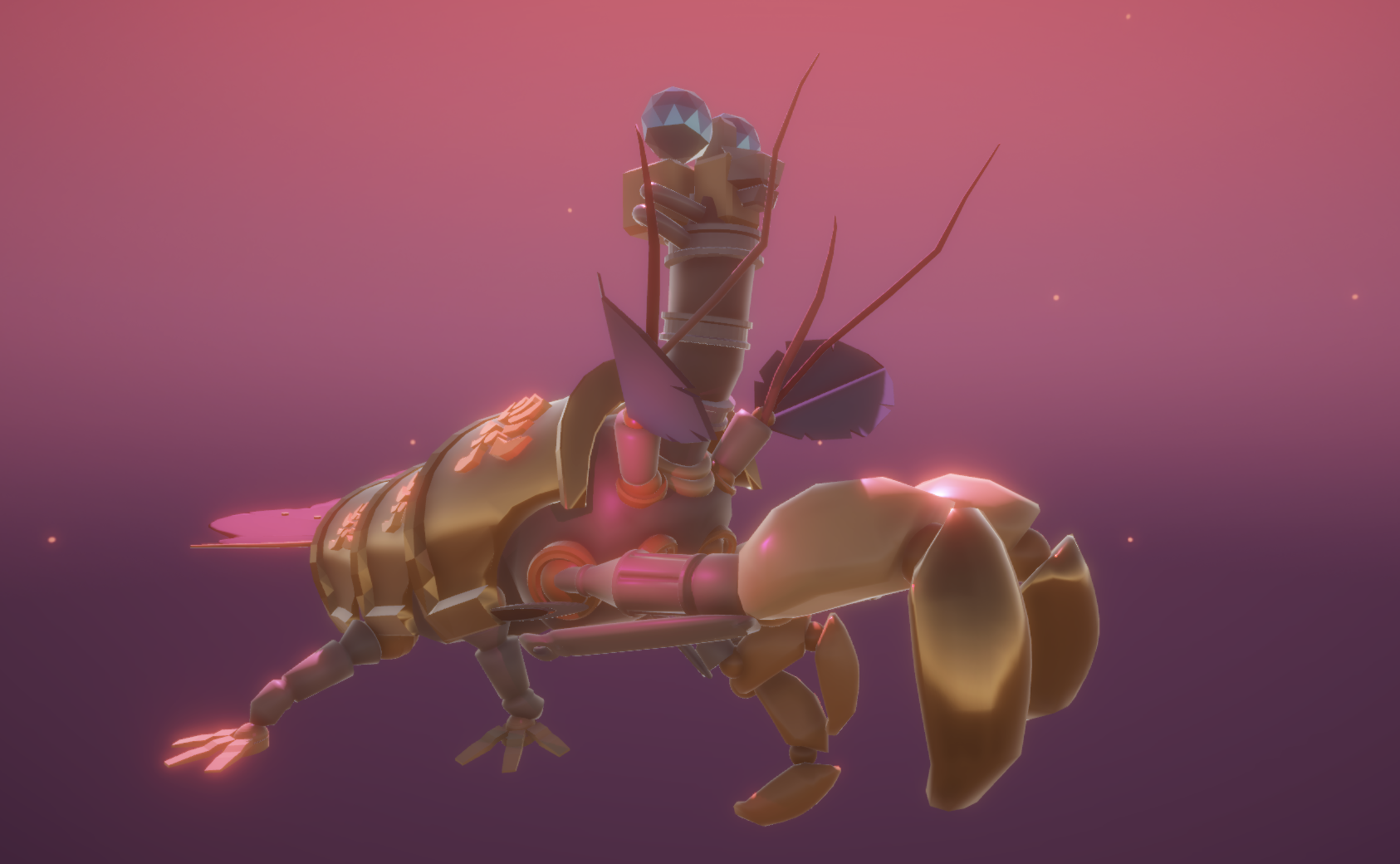
Objects that tell stories
Let’s look at these artifacts as a non humanoid alien: what can we learn about the cultures that created them? What habits, economies, situations, physical features do they imply?
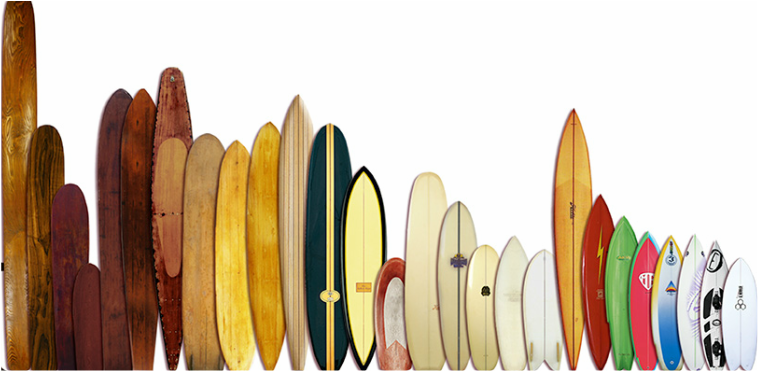

Paleofuture
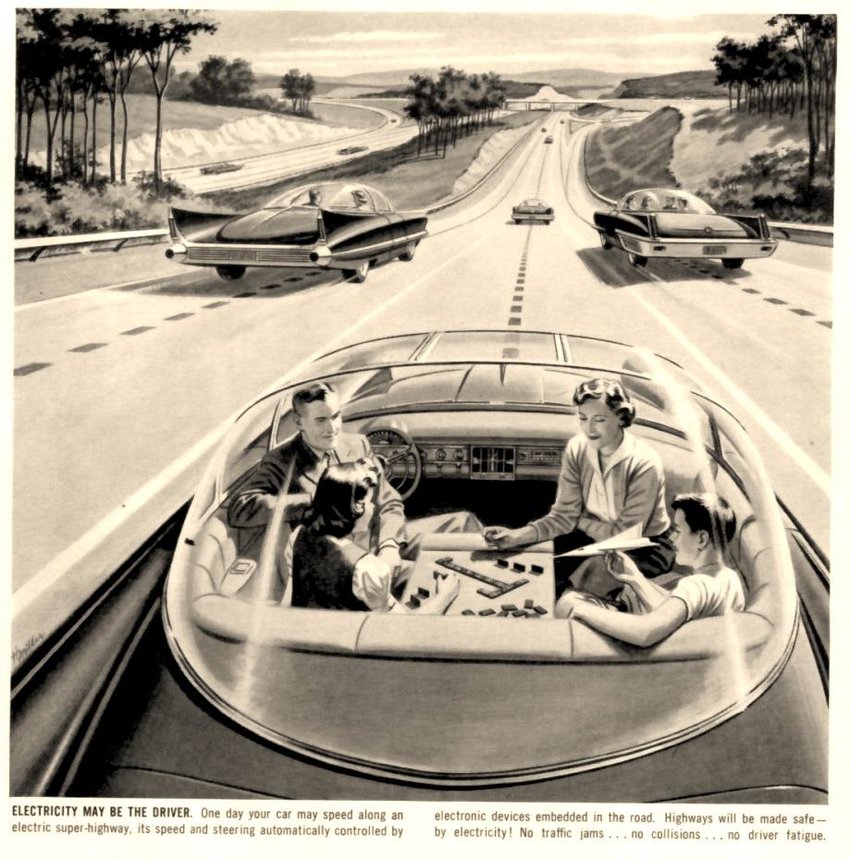
Fictional objects
Brainstorming
Make a list of man-made objects: tools, apparatuses, devices, machines, toys, furniture, buildings, vehicles, containers, weapons, musical instruments, devotional objects, communication devices, etc.
Imagine being an alien archeologist discovering them. What are these objects saying about our culture?
(eg: a teapot suggests that we drink, we relax, we enjoy/need to alter our mood with caffeine, and that we developed a colonial/trading system to move tea leaves around the world)
List some of the human features (physical, psychological, behavioral) that inform the design of those objects. Redesign the objects with a what if scenario.
(eg how would a gun work if we had one finger per hand? If we privileged smell instead of sight? If our bodies were gaseous? If we were intelligent snakes?)
Let’s imagine a future artifact by playing “the thing from the future“. Replace the noun with “object” if it’s not relevant to 3D modeling (eg. headline).
Assignment part 1
- Choose at least two of the best ideas you came up in brainstorming in class or at home, describe them with a no more than two sentences.
- For each idea go through a full concept art process:
1- Ask yourself questions about the object
Who made this thing?
What does this thing do?
Where do you find this thing?
When was this thing made?
Why was this thing made?
How was this thing made?2- Create a reference board of things that have visual elements in common with the thing. Real stuff, not other art you want to rip off.
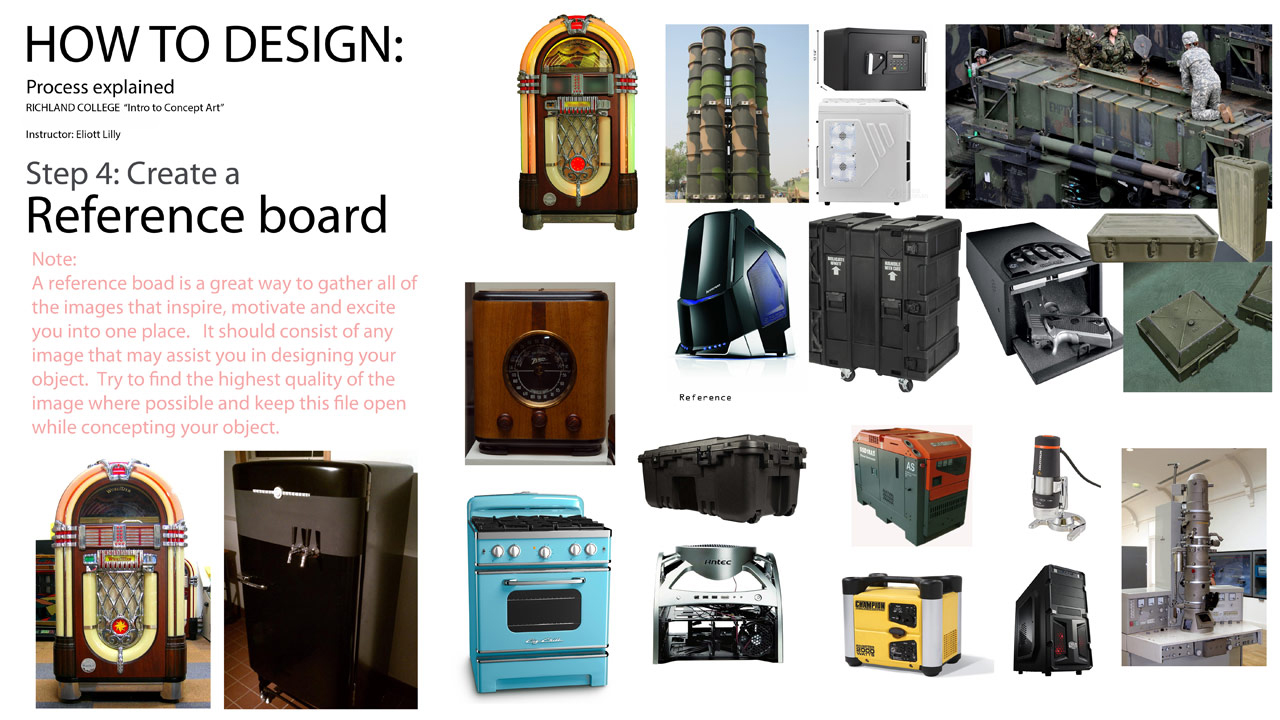
3- Make a bunch of quick sketches (thumbnails)
You have to learn to sketch in passes starting from the basic shapes. Tutorial
Try to sketch your artifact like a product designer. Tutorial
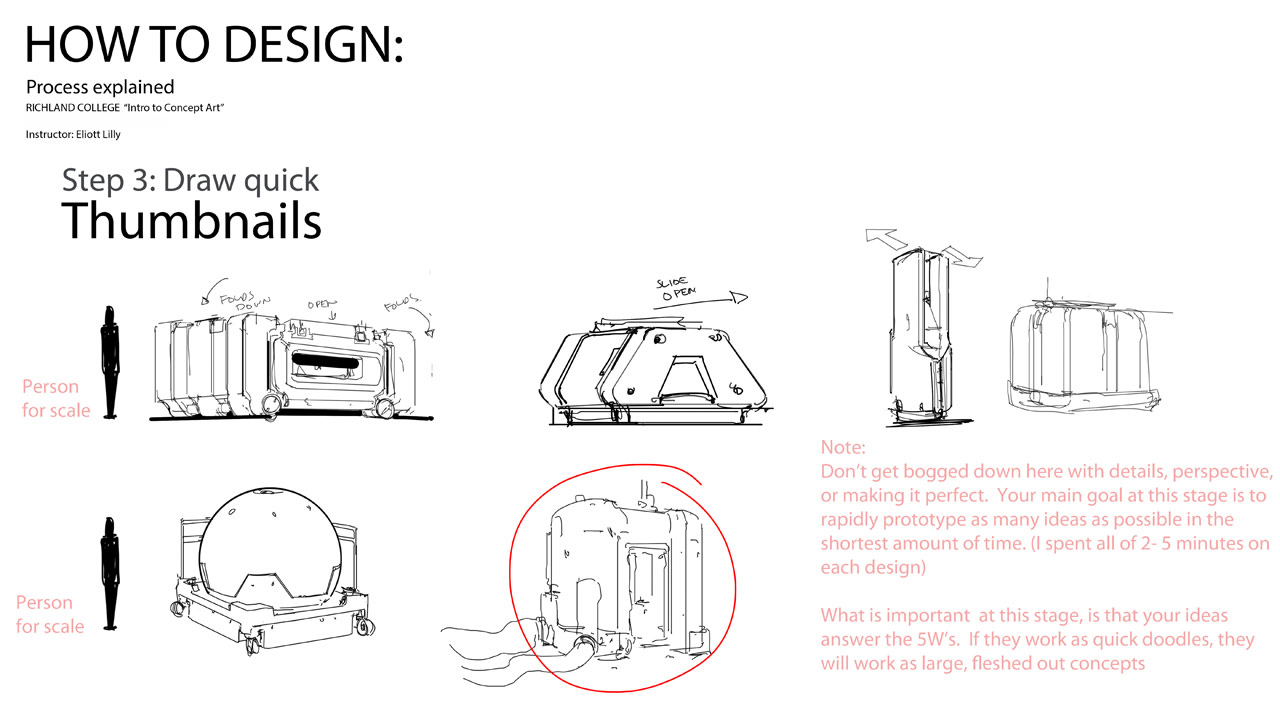
Analyze the silhouette, render it from different angles and add information about color, materials, and volume.

More examples
Medical glue gun Explanation and process
Iteration and contextualization
Assignment part 2
Work in “passes” to not get obsessed by details too early.
Start with a blocking or blockout of your object: arrange primitives and simple meshes to define the dominant forms of your object.
If your artifact is organic, sculpting tools would also work.

